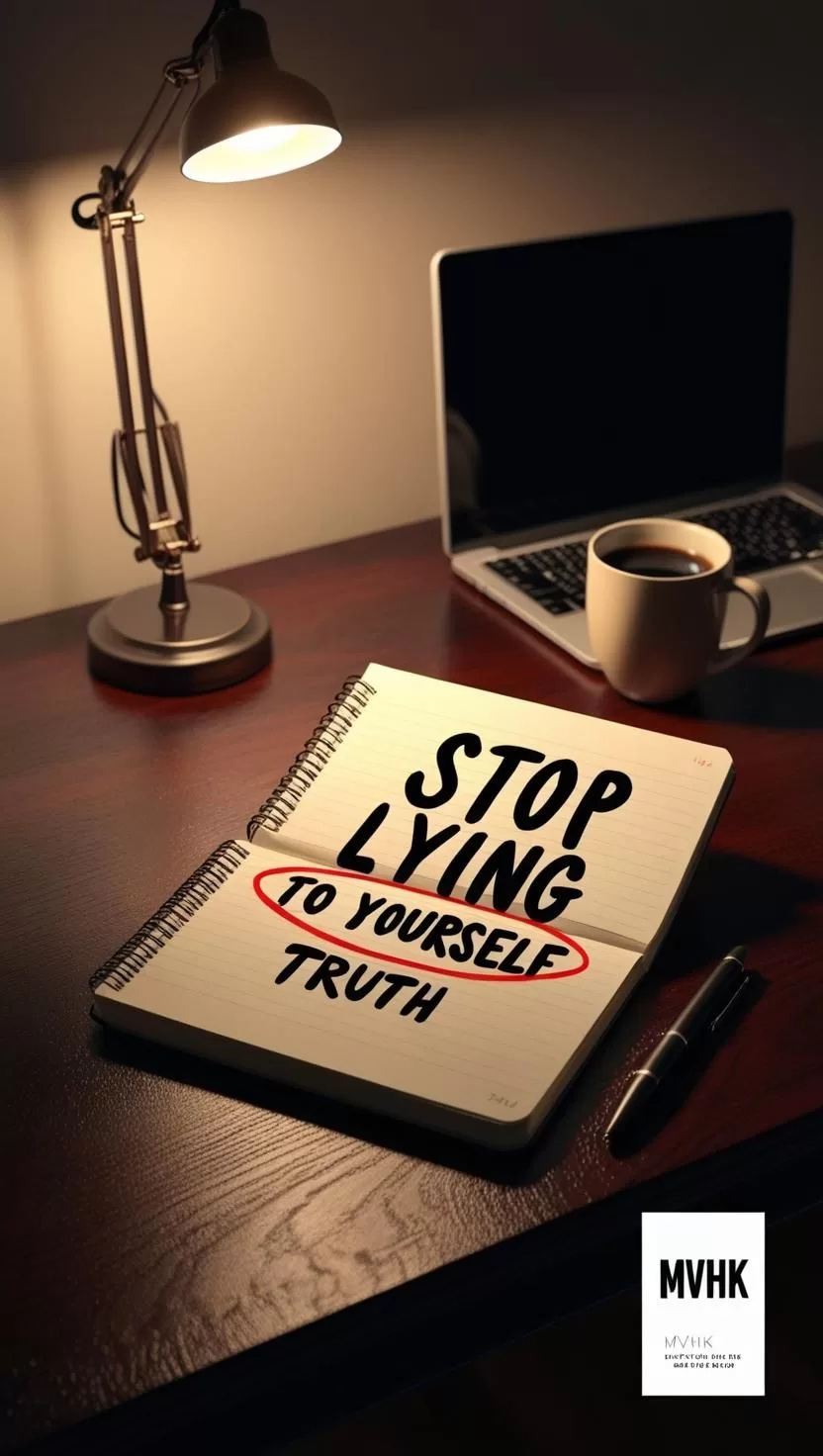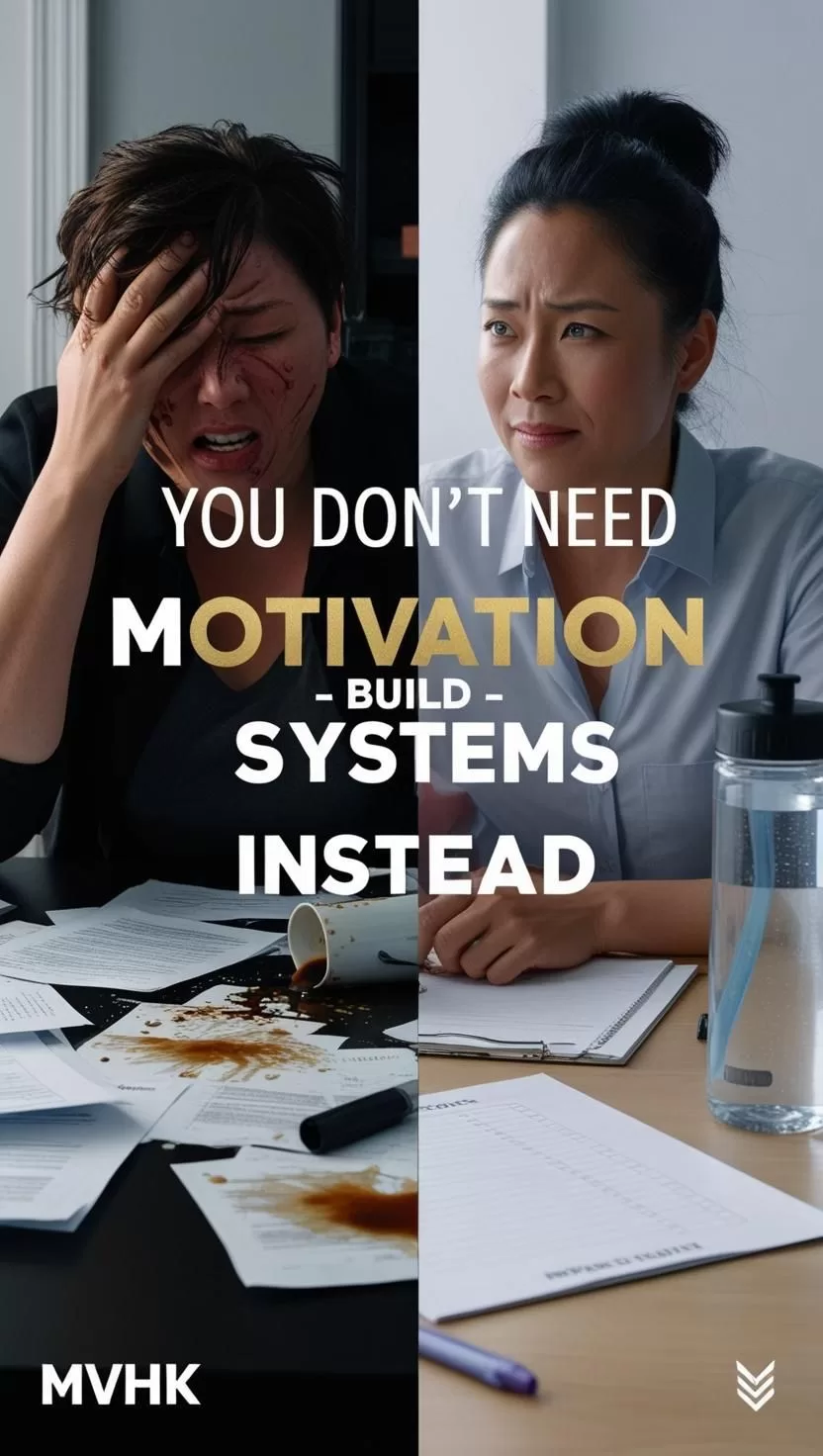Stop Lying to Yourself: How a 3-Minute Journaling Habit Can Eliminate Stress
Avoiding the truth might feel safe in the moment—but it builds a deeper, more destructive kind of stress. Most high-achievers don’t realize that their stress isn’t from tasks—they’re stressed because they avoid facing something. This guide introduces a powerful 3-minute journaling habit to dismantle avoidance and replace it with clarity, focus, and peace.
1️⃣ Why Stress Is Often a Lie You Tell Yourself
Subtopic 1: The Psychology Behind Avoidance Stress
Avoidance isn’t laziness—it’s protection. The brain sees discomfort (like conflict, failure, or even feedback) as a threat. But over time, avoidance leads to a buildup of unprocessed emotional tension, which manifests as anxiety, distraction, and burnout.
According to the American Psychological Association, chronic avoidance is linked to heightened cortisol levels and sleep disturbances. [source]
Subtopic 2: The Hidden Cost of Numbing with Distractions
Distraction becomes a tool to manage what we don’t want to face. Scrolling. Snacking. Overworking. These create a dopamine loop that feels good temporarily—but beneath it, stress compounds. The lie is: “I’ll handle this later.” The truth? You won’t—unless you change the habit.
2️⃣ The 3-Minute Journaling Habit That Breaks the Loop
Subtopic 1: What Is “Micro-Moment Truth Journaling”?
This isn’t about writing essays. It’s a quick, focused practice of writing down one truth you’re avoiding and one action you can take. Set a timer for 3 minutes and answer:
- What truth am I not facing?
- How is avoiding it affecting me?
- What’s the next small step I can take?
Example:
Truth: I’m burned out but pretending I’m fine.
Effect: I’m snapping at coworkers.
Action: Take a 30-minute walk today with no phone.
Subtopic 2: Why This Works for Busy Professionals
Time is limited. Emotional bandwidth? Even more so. Micro-moment journaling meets you where you are: overwhelmed, busy, and often running on autopilot. The power lies in interrupting that cycle with a reality check that doesn’t take a whole morning retreat.
A study from the University of Rochester found that expressive writing reduced stress levels and improved mood in under 10 minutes per day. [source]
3️⃣ Building a Habit That Sticks
Subtopic 1: Anchoring the Practice
Habit stacking is key. Attach your 3-minute journaling to an existing routine—like your morning coffee or right before you shut your laptop for the day. Keep your notebook visible and dedicated to this purpose only.
Try this stack:
- Pour coffee ☕
- Set timer for 3 minutes ⏲️
- Write 3 honest sentences ✍️
Subtopic 2: Tracking the Internal Shift
Keep a weekly log. Are you feeling more clear-headed? Less snappy? Less drained by the end of the week? Emotional awareness becomes visible when tracked.
Tip: Use checkboxes for truths faced each day. Small wins fuel consistency.
✅ Conclusion: How to Get Started Today
You don’t need a life overhaul. You need honesty—and a pen. Here’s your plan:
- Buy or dedicate a small notebook.
- Choose a time you already have (e.g., after lunch).
- Commit to 3 minutes daily for 5 days.
- Be brutally honest—no editing.
- Reflect weekly and adjust.
This single habit could mean the difference between burnout and breakthrough. ✨
- 5 Habits That Help Burned-Out Professionals Reclaim Energy
- How to Build Mental Strength With Daily Reflection
- The Truth About Cortisol and Recovery
- APA on Avoidance Stress
- NIH: Benefits of Expressive Writing
- Mindful.org: Facing Truth Through Journaling
❓FAQ
What is micro-moment journaling?
A short, focused journaling habit that helps identify avoided truths and reduces stress by shifting emotional energy toward resolution.
Can this technique help with anxiety?
Yes—journaling helps externalize thoughts, giving clarity and reducing the emotional intensity of avoided issues.
Do I need to do this every day?
Consistency helps, but even 3–4 times a week can create significant mindset shifts.






